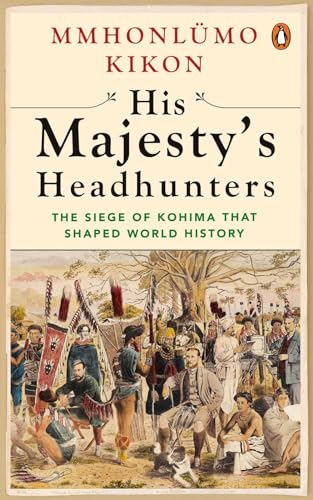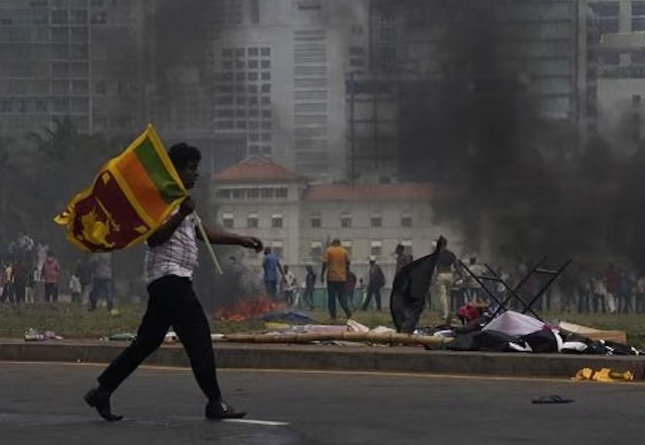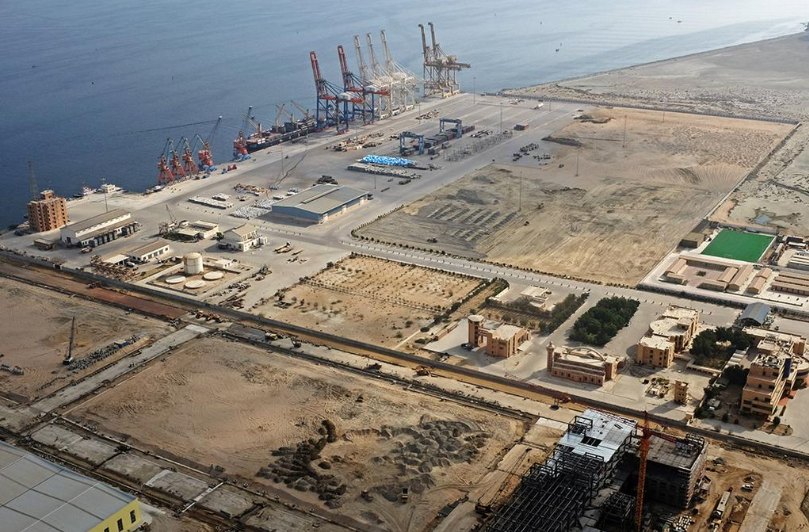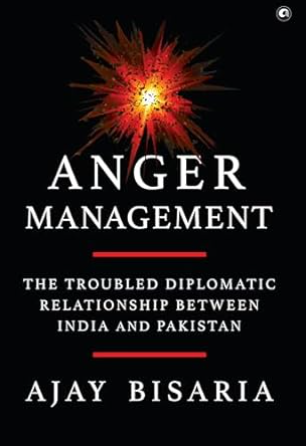His Majesty’s Headhunters: The Siege of Kohima that Shaped World History
A timely book on the Naga contribution to Allied victory in the Second World War is a necessary documentation. Northeast India was the eastern flank of the British empire where the battles of Kohima and Imphal stopped Japan’s invasion into India. While western historical narratives are being reiterated during the war’s 80th anniversary, the role and sacrifice of the Nagas is a neglected but important counterpoint.










